The fact is that any little bit helps. Is there any other justification needed for surrounding ourselves with things of natural beauty? Find out which plants are the most effective in cleaning the air of harmful substances like formaldehyde, benzene, trichloroethylene, and carbon monoxide by reading on!
Always keep in mind that there are plants and plant parts that might be harmful to humans. Don’t let kids or dogs near them.
Clean and fresh air is a fundamental necessity, especially in cities. Since houseplants have become an interior design trend, you can invest in air-cleaning plants. They filter out toxic chemicals from the air and jazz up your house, keeping you happy and healthy simultaneously.
With so many plants people offers, you must choose some with extra air-cleaning qualities. They will work harder to clean the air you breathe from airborne toxins, dust, and germs.
Knowing the most effective plants will help you narrow down your wish list. The 10 air-cleaning plants ideal for indoors below will give your house a healthy breath of fresh air. Same as our previous countdown, Simphome presents you with the list.
10 Air Cleaning Plants Ideal for Indoor Video
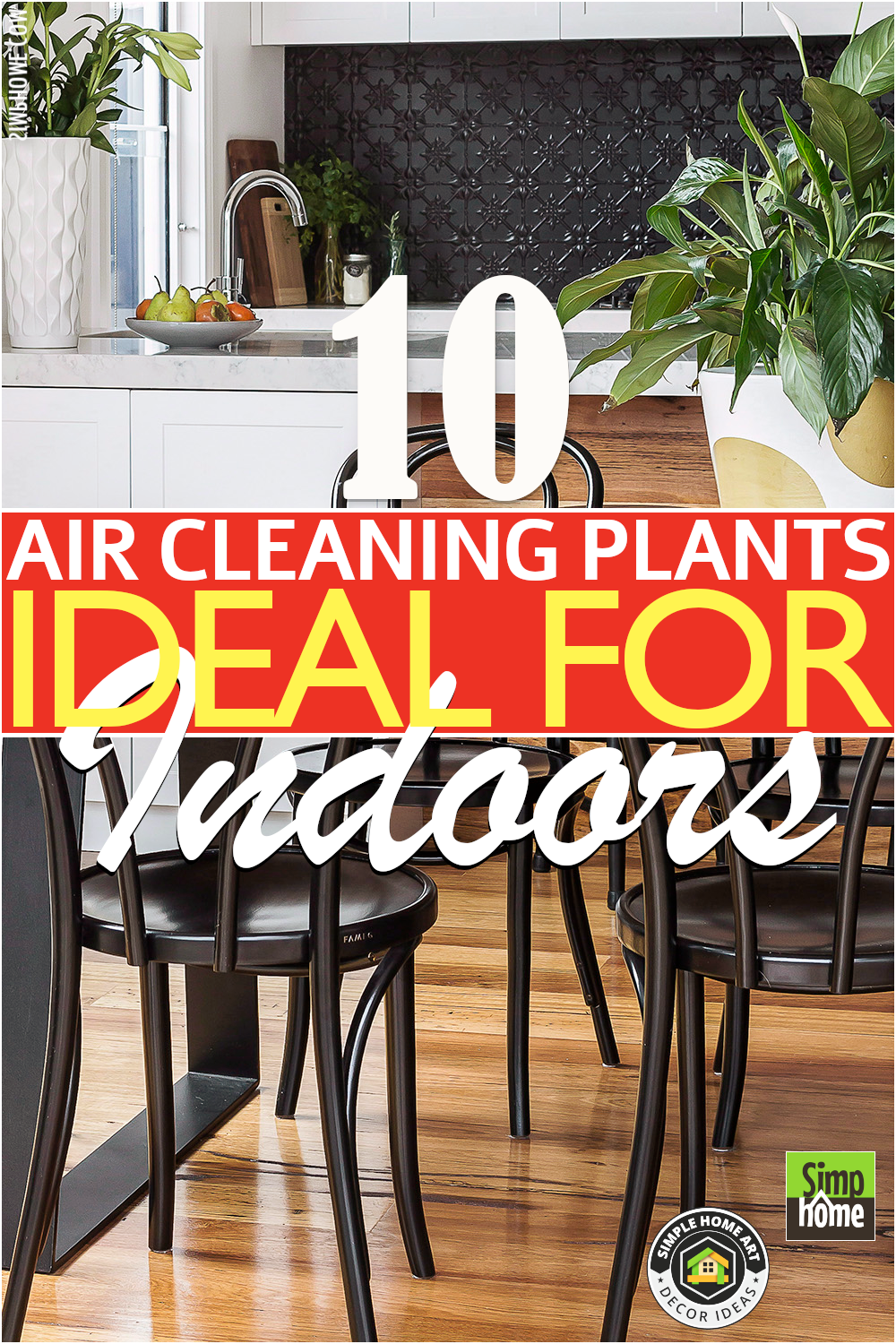
10. Snake Plant or Mother-In-Law’s Tongue (Sansevieria Trifasciata)
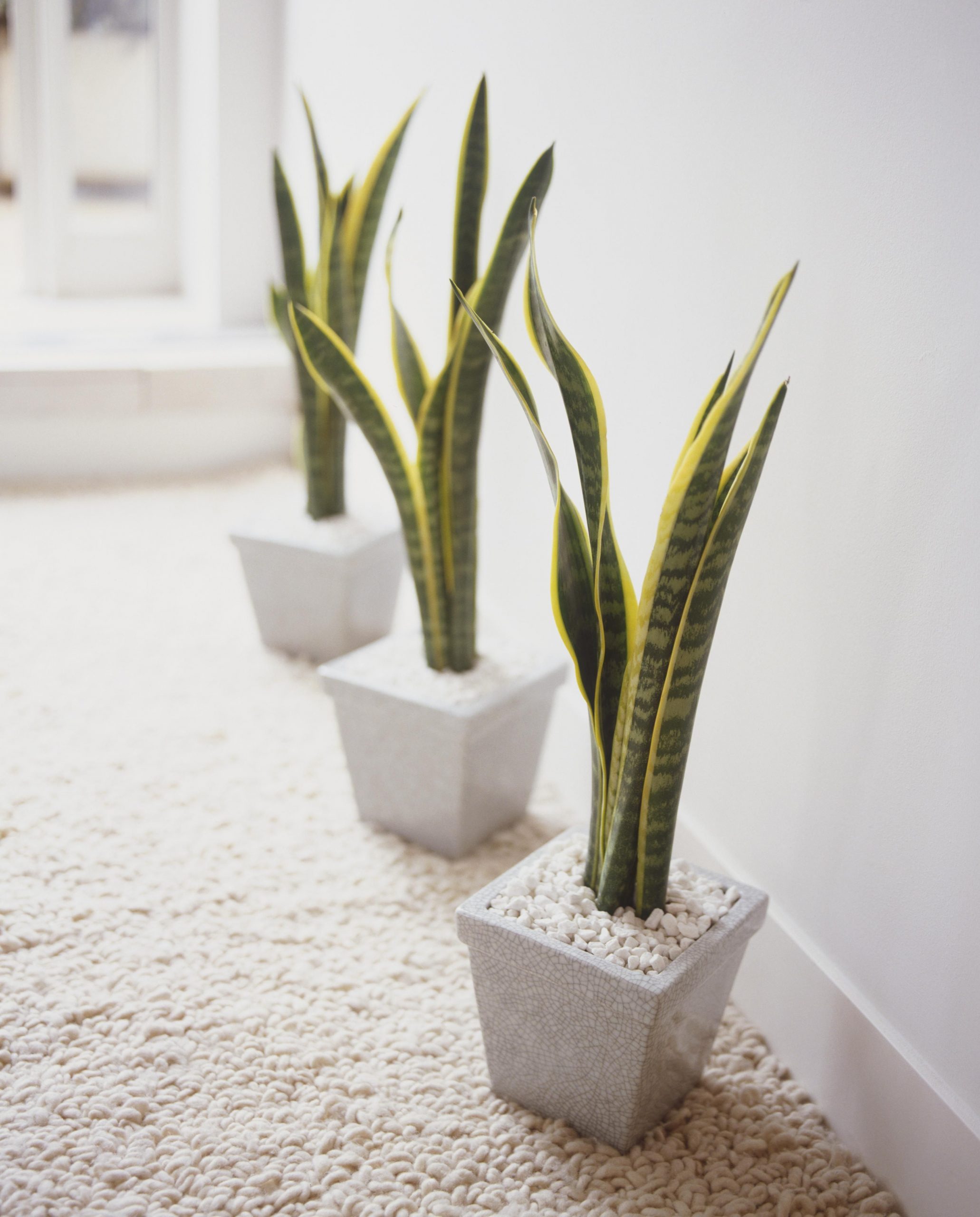 This stripy-marked, yellow-tipped succulent is famous among air purifier plants on the market. With twisting dagger-shaped leaves, it makes a statement for a neat corner. It is known for continuing oxygen production at night, even in near-dark conditions. For this reason, the snake plant is suitable for your bedroom plant for better sleep.
This stripy-marked, yellow-tipped succulent is famous among air purifier plants on the market. With twisting dagger-shaped leaves, it makes a statement for a neat corner. It is known for continuing oxygen production at night, even in near-dark conditions. For this reason, the snake plant is suitable for your bedroom plant for better sleep.
It also effectively filters the air by removing benzene, formaldehyde, trichloroethylene, xylene, and toluene. These harmful chemicals are usually in synthetic carpets, paint, and glues. Native to west Africa, this plant is resilient and drought-tolerant. Although it is slow growing and can cope with the low light condition, it will grow faster in brighter positions. Weekly watering is enough. Moreover, wipe the leaves lightly to clean the pores from dust.
9. Spider Plant (Chlorophytum Comosum)
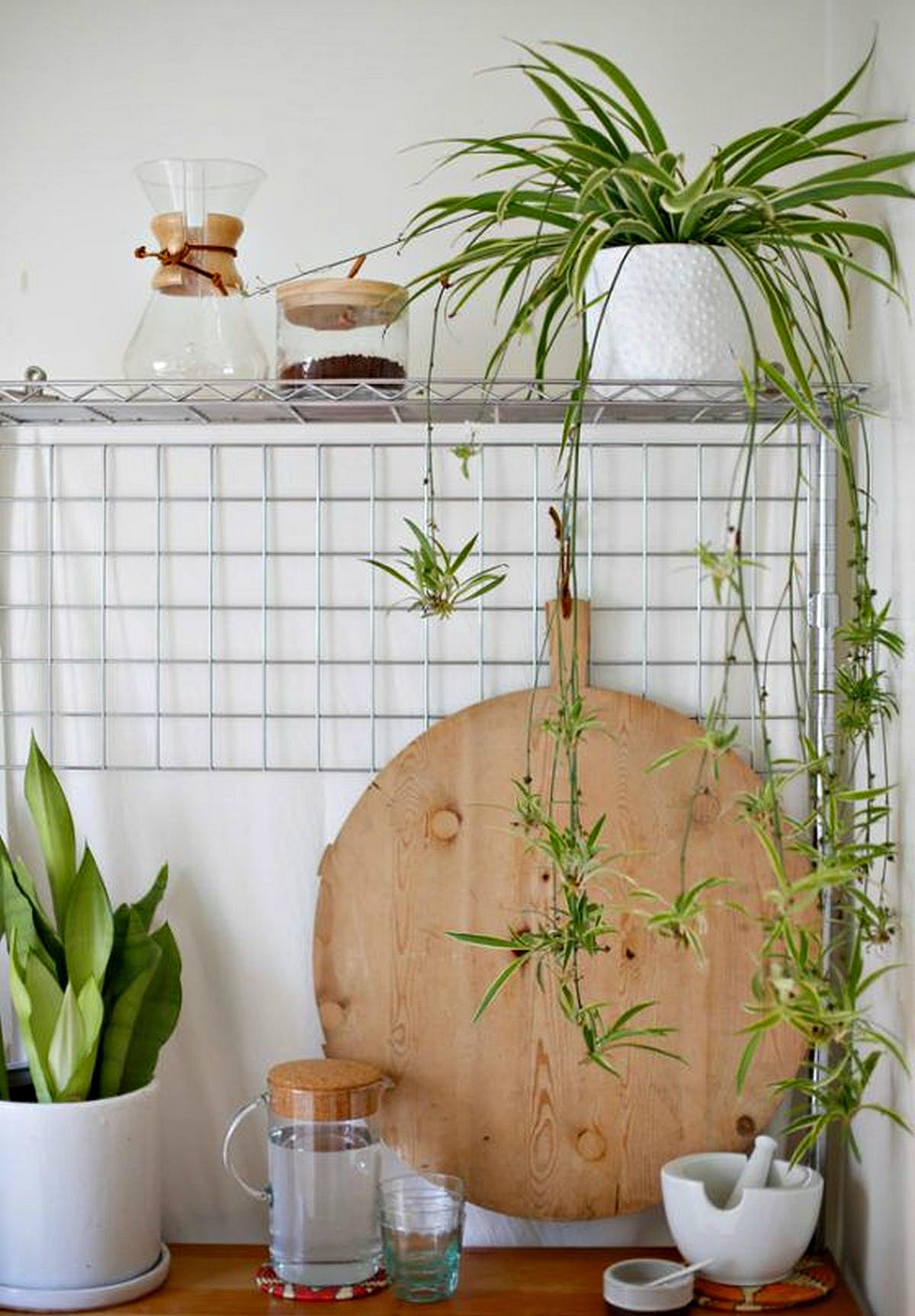 Spider plants are easy to grow and propagate. Thus, they are great for houseplant newbies and forgetful owners. The plant sends out shoots with flowers that will grow into baby spiders or “spiderettes.” You can place the babies in a separate pot while still attached to the mother and cut them off when the root appears. Styling the plant in hanging planters will let the babies dangle beautifully.
Spider plants are easy to grow and propagate. Thus, they are great for houseplant newbies and forgetful owners. The plant sends out shoots with flowers that will grow into baby spiders or “spiderettes.” You can place the babies in a separate pot while still attached to the mother and cut them off when the root appears. Styling the plant in hanging planters will let the babies dangle beautifully.
This non-toxic to animal plants lower carbon monoxide levels. They also reduce toxins, including formaldehyde, toluene, and xylene, solvents used in the printing and rubber industries. Thrive in extreme conditions, this perennial herb is a fan of bright, indirect sunlight and even coping with artificial light. You need to water this plant regularly.
8. Garden Mum (Chrysanthemum Morifolium)
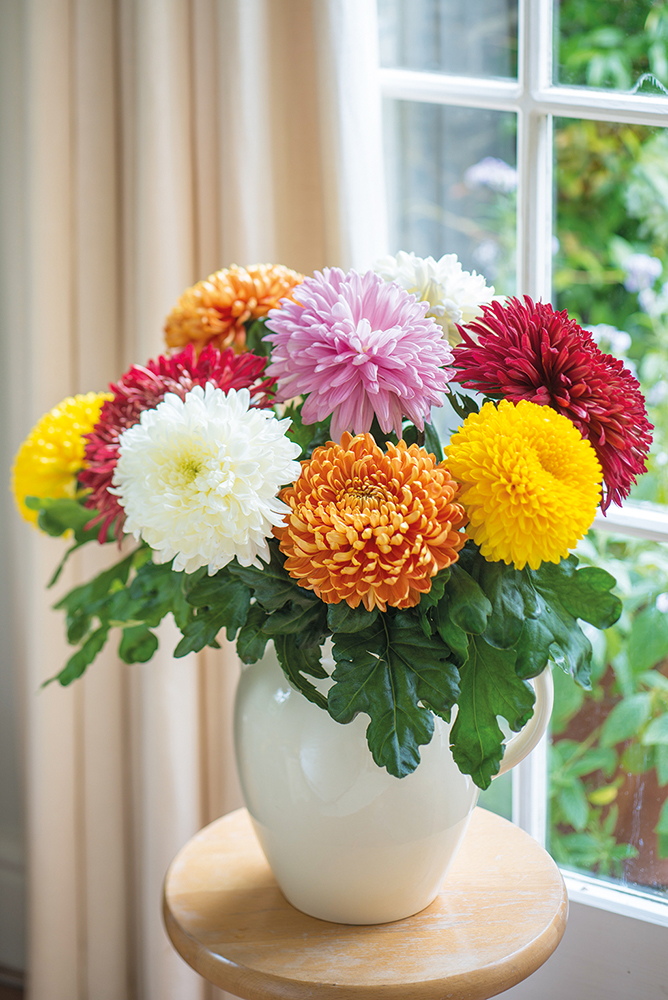
Who doesn’t love chrysanthemums? The beautiful blooms are popular and inexpensive in the garden and house. Unlike other plants that clean air through their leaves, chrysanthemums extract the chemicals through the flowers. Thus, you may need to regularly replace them with other plants once the blooms fade, waiting for the new buds emerge.
They help remove toxins such as formaldehyde, xylene, benzene, and ammonia, which you can find in many household cleaners and floor sealers. They really love the sunlight that you better place it near a sunbathed window. If you have pets, keep this plant out of reach because they are toxic.
7. Dragon Plant (Dracaena Spp)
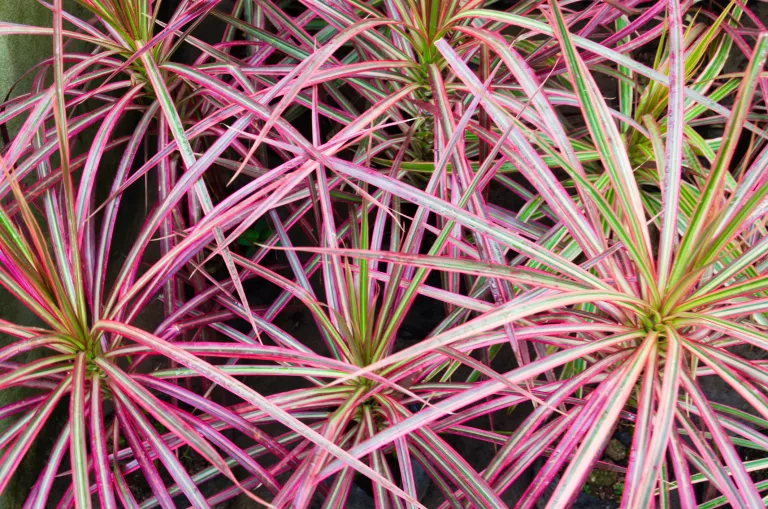 With more than 40 different kinds of Dracaena plants, from bright red trim, bi-color with its pink and white-edged green leaves, to tall glossy green corn stalks, it is easy for you to fit these plants in any room interior and ambiance.
With more than 40 different kinds of Dracaena plants, from bright red trim, bi-color with its pink and white-edged green leaves, to tall glossy green corn stalks, it is easy for you to fit these plants in any room interior and ambiance.
Preferring good sunlight, dragon plants can potentially grow to 8ft tall, so use a larger pot and keep them in a room with high ceilings. They don’t like water so much that you just need to keep the soil moist but not waterlogged.
Benzene, formaldehyde, trichloroethylene, and xylene are the toxins that these slow-growing plants can handle. If you have pets, you better use other plants because these are toxic to cats and dogs when consumed.
6. Weeping Fig (Ficus Benjamina)
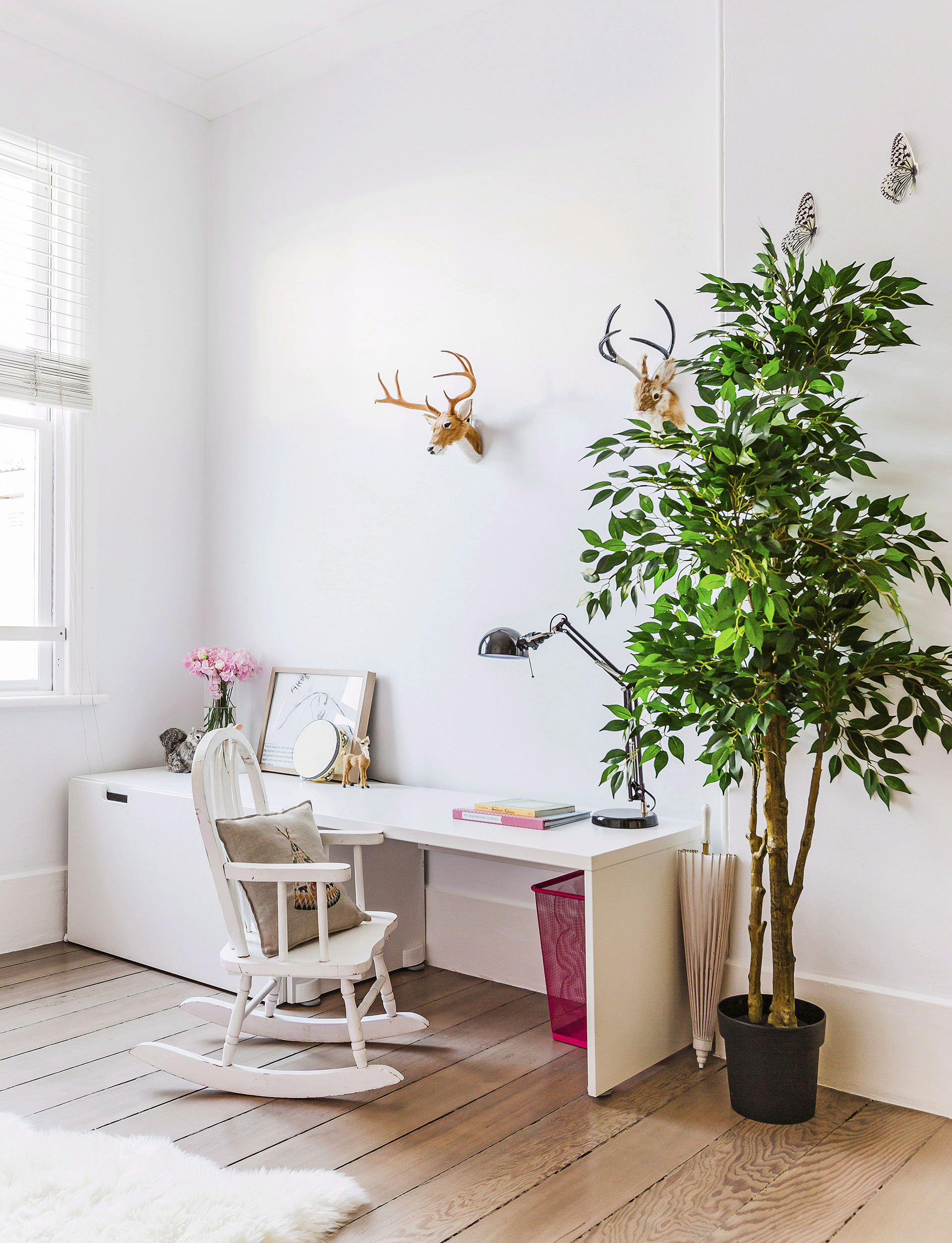
This slow-growing plant is native to Southeast Asia. You can also find Weeping Fig in some parts of Australia.
This plant can reach up to 10ft and need plenty of space for its branches. With a mass of glossy leaves, these sun-loving plants will add immediate impact and interest to an empty corner. They don’t like disturbance. Moving them around will cause the leaves to fall, so carefully assess a perfect sunbathed spot before homing them.
Famous for filtering formaldehyde, xylene, toluene, benzene, and trichloroethylene, weeping figs are toxic to cats and dogs. For their care, don’t water too much because they hate puddles.
5. Aloe Vera (A. Barbadensis)
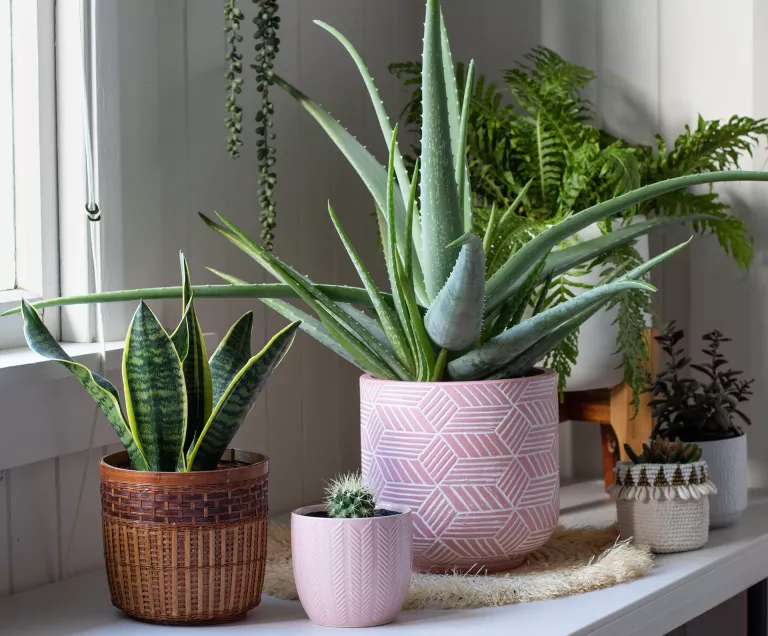 Besides absorbing VOCs and producing oxygen at night, healing aloe has health and beauty advantages. The leaves contain a liquid full of enzymes, amino acids, and vitamins that are anti-inflammatory, antibacterial, and wound-healing and take care of your skin and hair beauty. As this succulent loves a sunny spot, it will be a lovely remedy for your kitchen windowsill to soothe any kitchen burns. Native to Arabian Peninsula, the watery leaves need less than regular watering and constant temperatures of 50-85°F.
Besides absorbing VOCs and producing oxygen at night, healing aloe has health and beauty advantages. The leaves contain a liquid full of enzymes, amino acids, and vitamins that are anti-inflammatory, antibacterial, and wound-healing and take care of your skin and hair beauty. As this succulent loves a sunny spot, it will be a lovely remedy for your kitchen windowsill to soothe any kitchen burns. Native to Arabian Peninsula, the watery leaves need less than regular watering and constant temperatures of 50-85°F.
4. Peace Lily (Spathiphyllum Sp.)
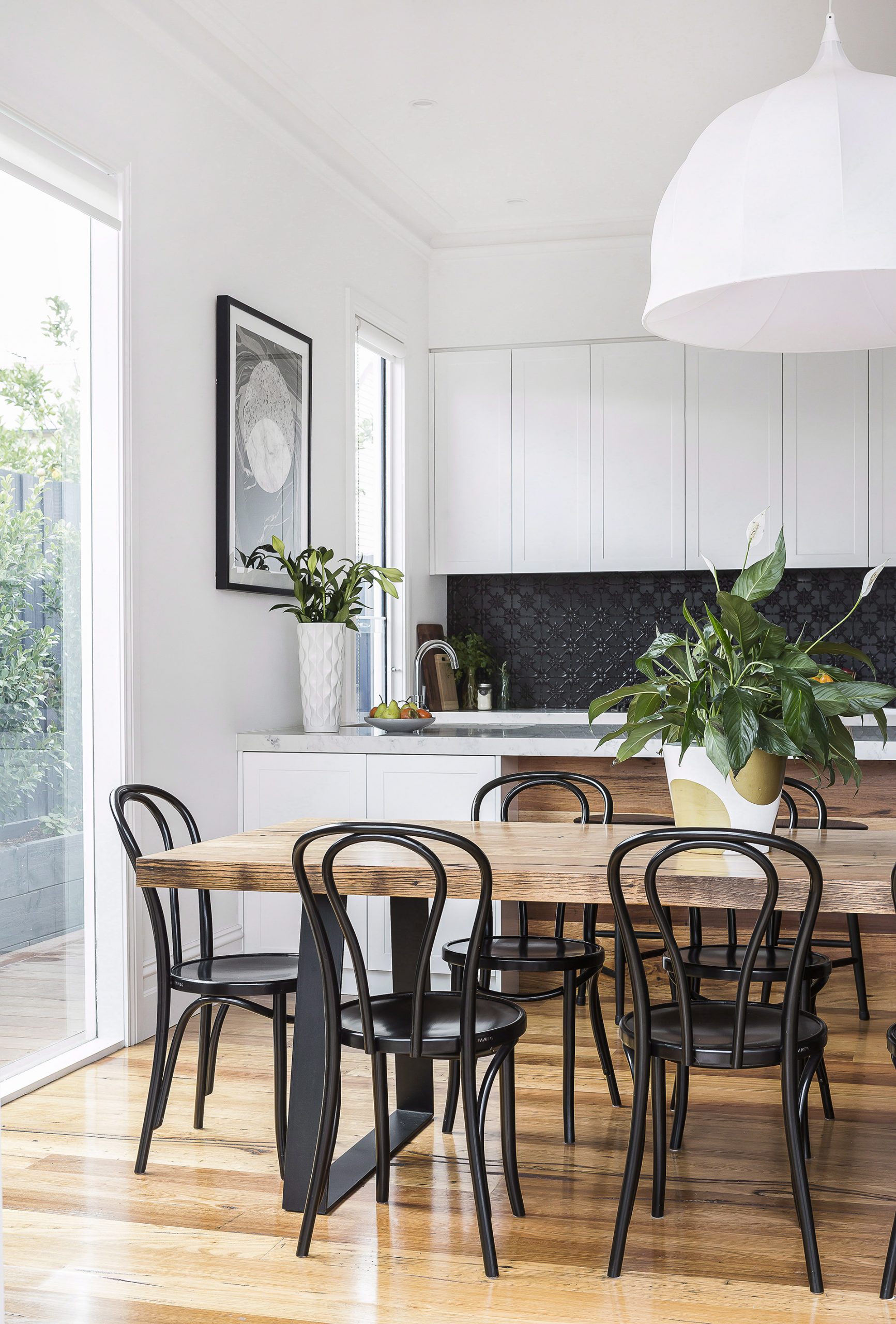
The popular peace lily radiates simplicity and tranquility with its pure white flowers and glossy leaves. The compact, ideal-sized plant cleanses the room of household gases like benzene, ammonia, trichloroethylene, formaldehyde, and carbon monoxide. Its sister, the flamingo lily, is also an ideal air-cleaning plant. Lily only needs water spraying once a week. You’ll know that it is thirsty when the leaves droop.
As direct sunlight will scorch the deep green leaves, a steamy kitchen, bathroom, or shower room is suitable for this effortless beauty. Keep your furry friends away because this plant releases toxic pollen and floral scents.
3. Bamboo Palm (Chamaedorea Seifritzii)
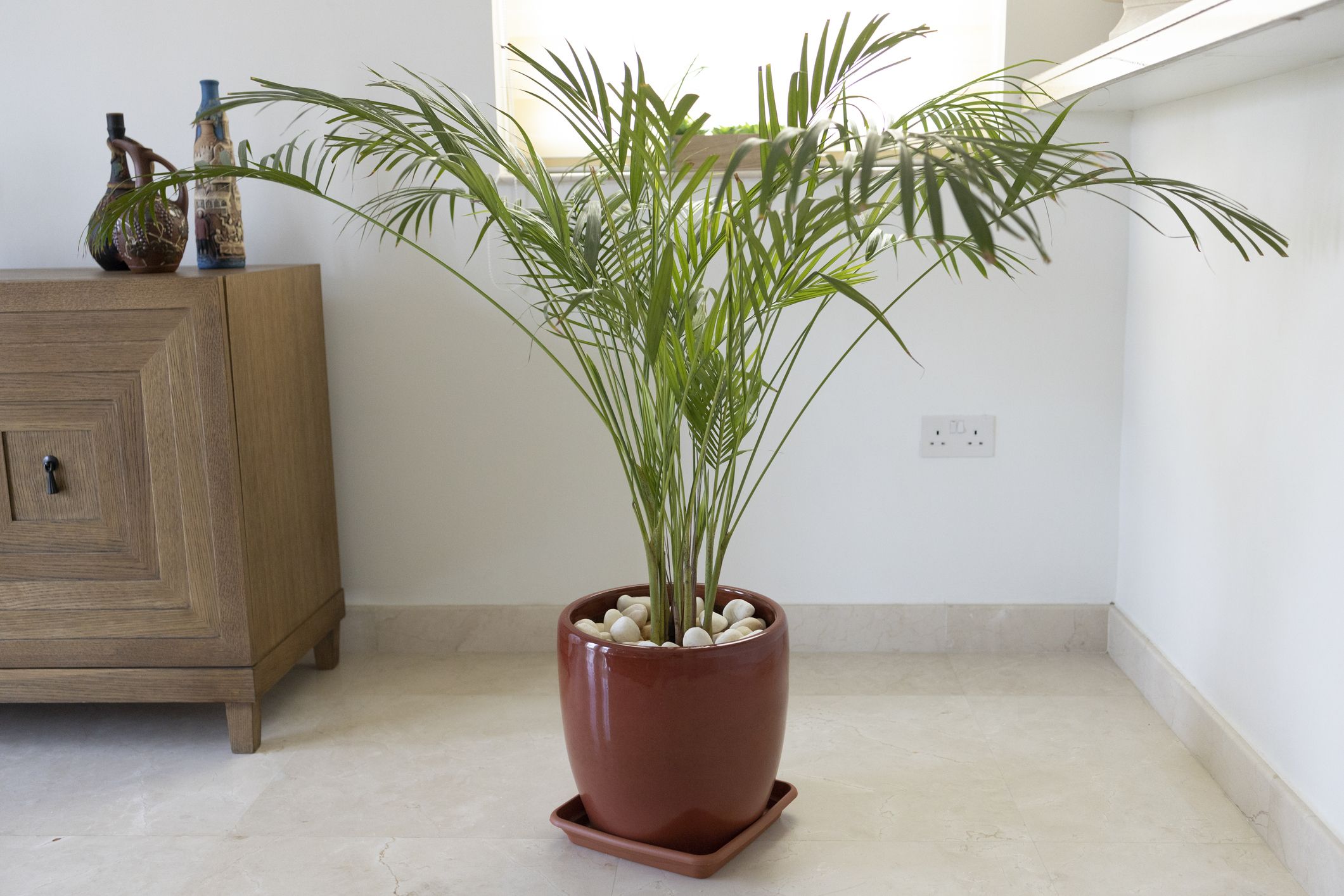 The bamboo palm can survive in low light conditions and is perfect for bringing a lot of green to your indoor space. The slowly growing plant needs at least three years to reach heights of 12ft. The arching leaves make great air cleaners for removing benzene, formaldehyde, trichloroethylene, and air humidifiers as they transpire a liter of water daily. Regular watering is preferable but let the soil surface dry out before re-watering.
The bamboo palm can survive in low light conditions and is perfect for bringing a lot of green to your indoor space. The slowly growing plant needs at least three years to reach heights of 12ft. The arching leaves make great air cleaners for removing benzene, formaldehyde, trichloroethylene, and air humidifiers as they transpire a liter of water daily. Regular watering is preferable but let the soil surface dry out before re-watering.
2. Chinese Evergreen (Aglaonema)
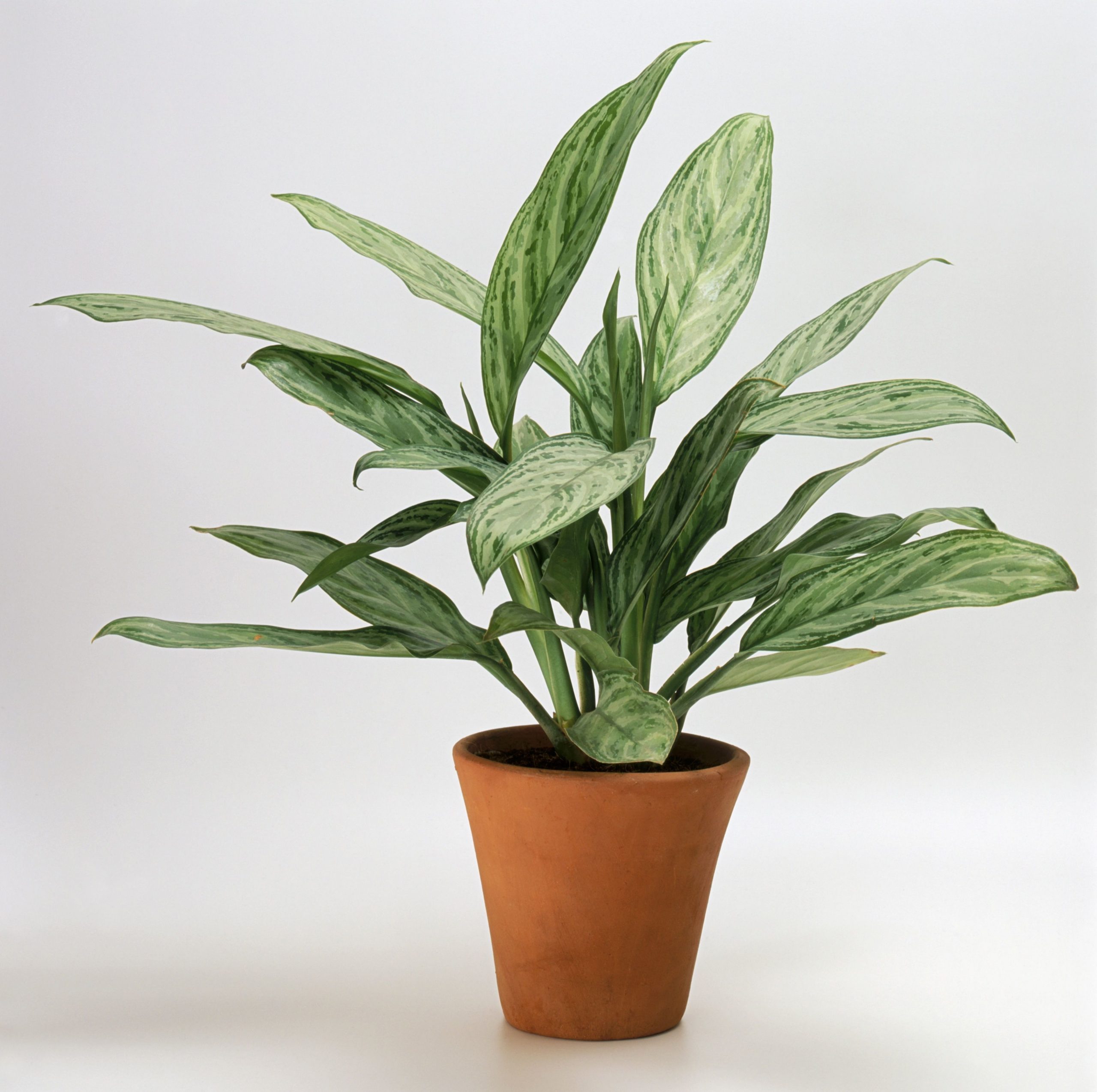 As its name suggests, this plant originated in China and is known for its efficiency in removing harmful air pollutants such as benzene and formaldehyde in detergents and cosmetics. It is now famous worldwide as an indoor houseplant. Favoring full shade and humid conditions, it will be happy in your bathroom. If you want to put the plant somewhere else, just mist the leaves to prevent browning.
As its name suggests, this plant originated in China and is known for its efficiency in removing harmful air pollutants such as benzene and formaldehyde in detergents and cosmetics. It is now famous worldwide as an indoor houseplant. Favoring full shade and humid conditions, it will be happy in your bathroom. If you want to put the plant somewhere else, just mist the leaves to prevent browning.
1. Boston Fern (Nephrolepis Exaltata V. Bostoniensis)
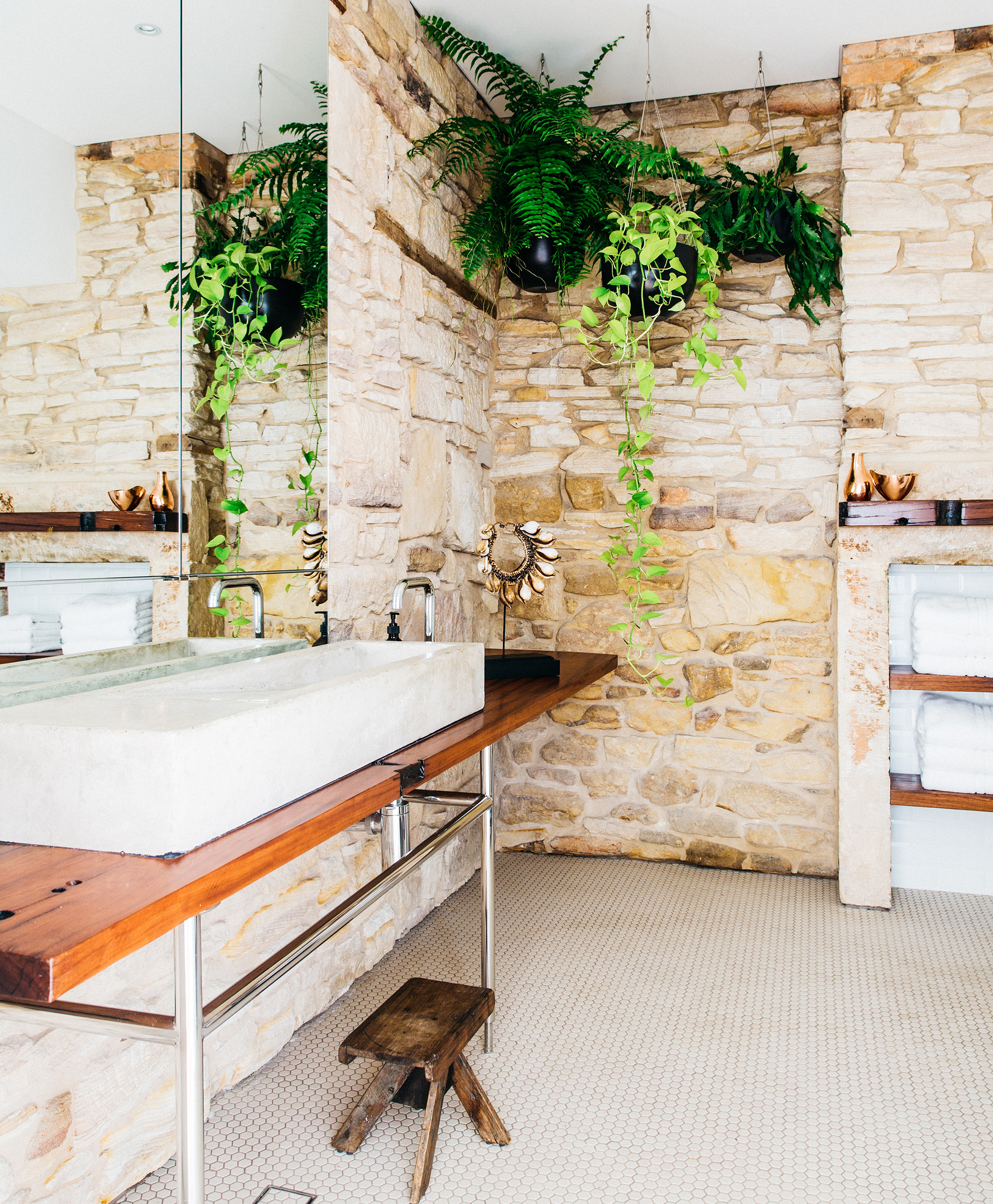 Coming from the forest of Asia, Boston fern usually grows on the tops of trees, reducing the bright lights. The glossy green fronds growing in rosettes will need up to 2ft of space as they mature. The crinkly leaves filter out the irritating chemicals, formaldehyde and xylene.
Coming from the forest of Asia, Boston fern usually grows on the tops of trees, reducing the bright lights. The glossy green fronds growing in rosettes will need up to 2ft of space as they mature. The crinkly leaves filter out the irritating chemicals, formaldehyde and xylene.
They need high humidity, moist soil, and indirect light to make an ideal lush green display for the bathroom. When you happen to find the top inch of soil is dry, it means it needs water. Therefore, check them out daily.
You may wonder how many plants you need to get clean air in a room. Experts say it needs at least two good-sized plants for an indoor space to get the benefit. You can use a clay pot and organic soil for extra air-cleaning actions. If the plants outgrow the pot, you must transplant them to extend the mother’s life and breed the babies.
References:
10. Countryliving.com
9. Homestolove.com
8. Iamgreenified.medium.com
7. Homesandgardens.com
6. Homestolove.com
5. Homesandgardens.com
4. Homestolove.com
3. Countryliving.com
2. Countryliving.com
1. Homestolove.com